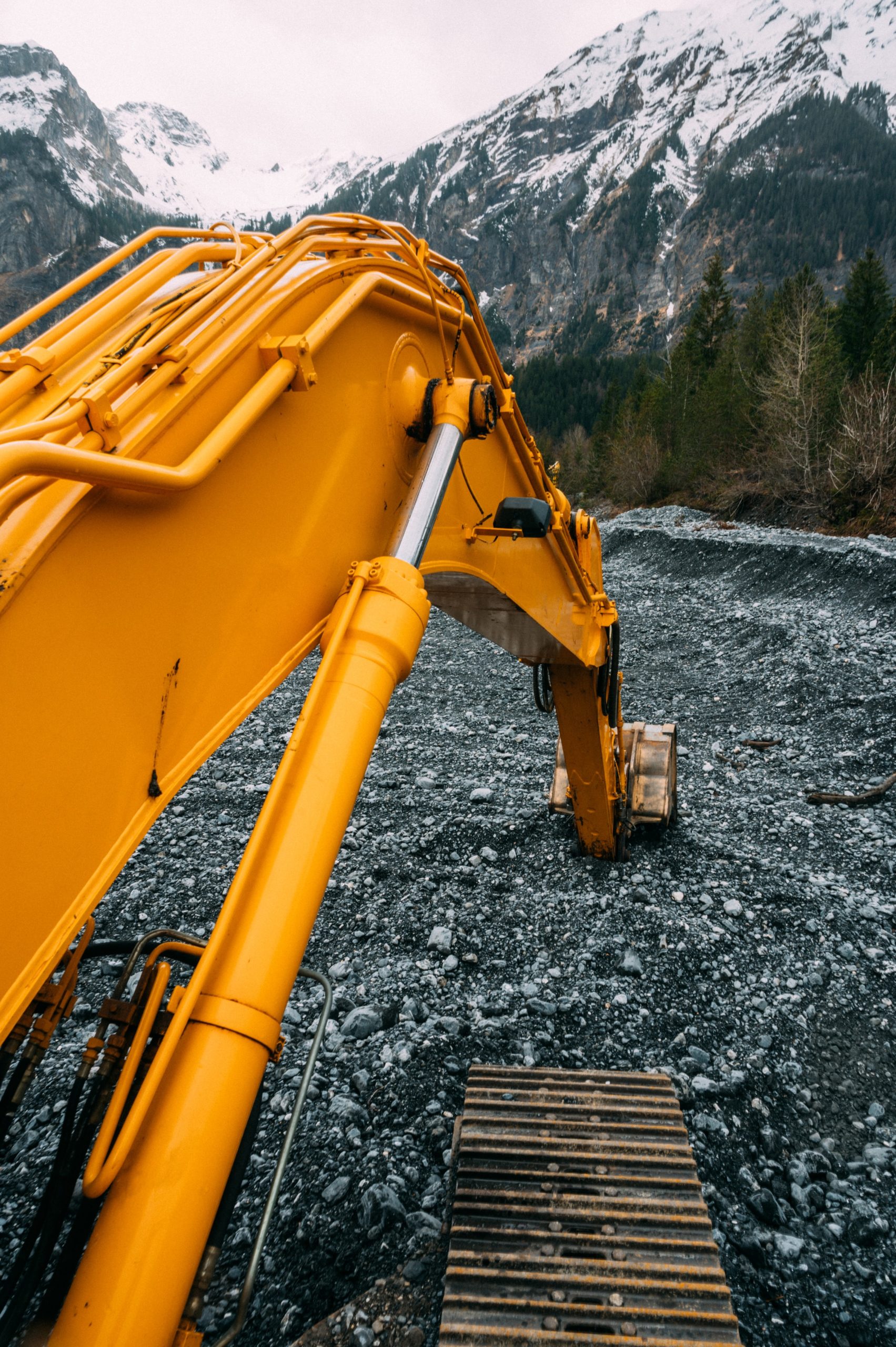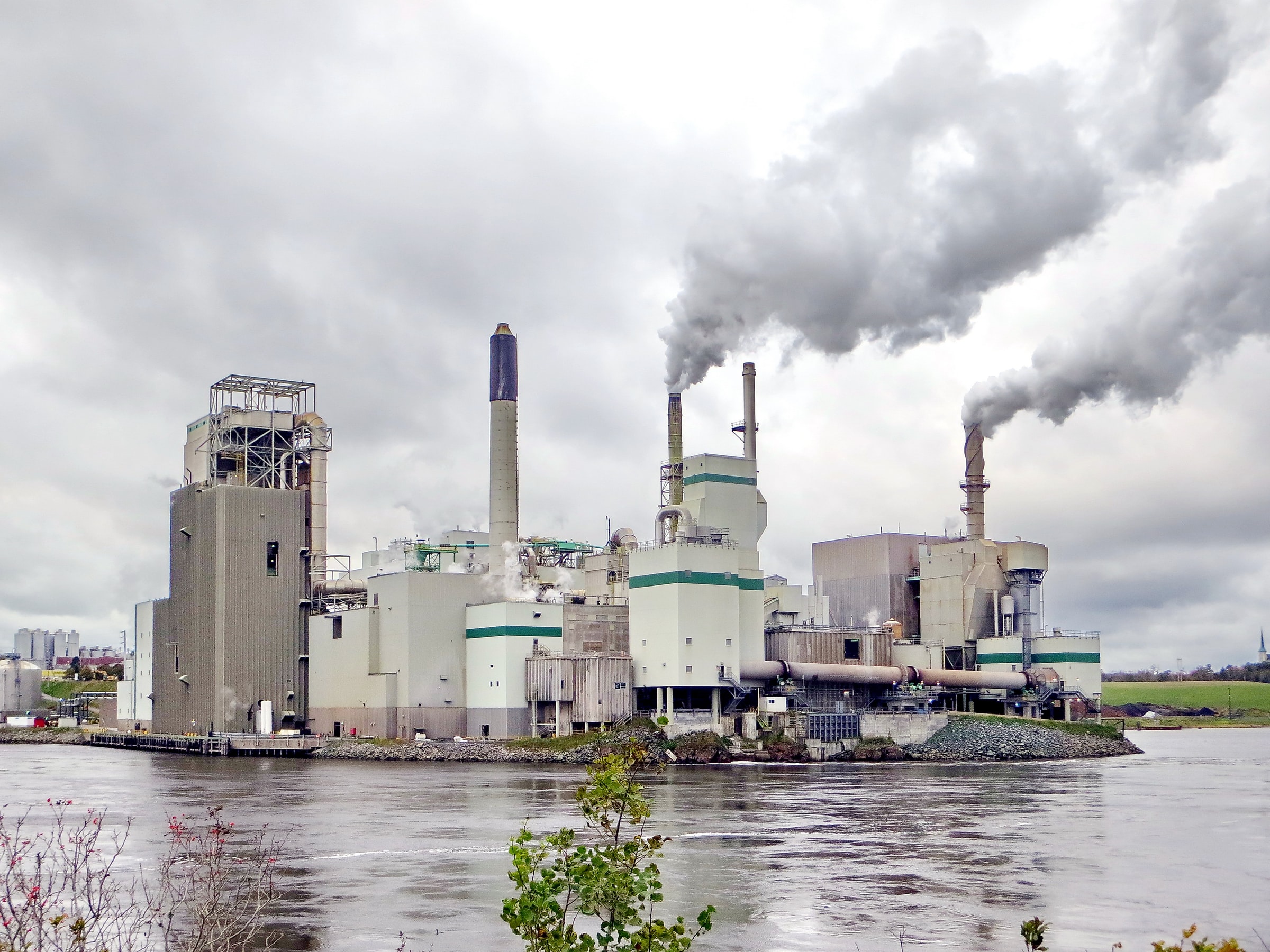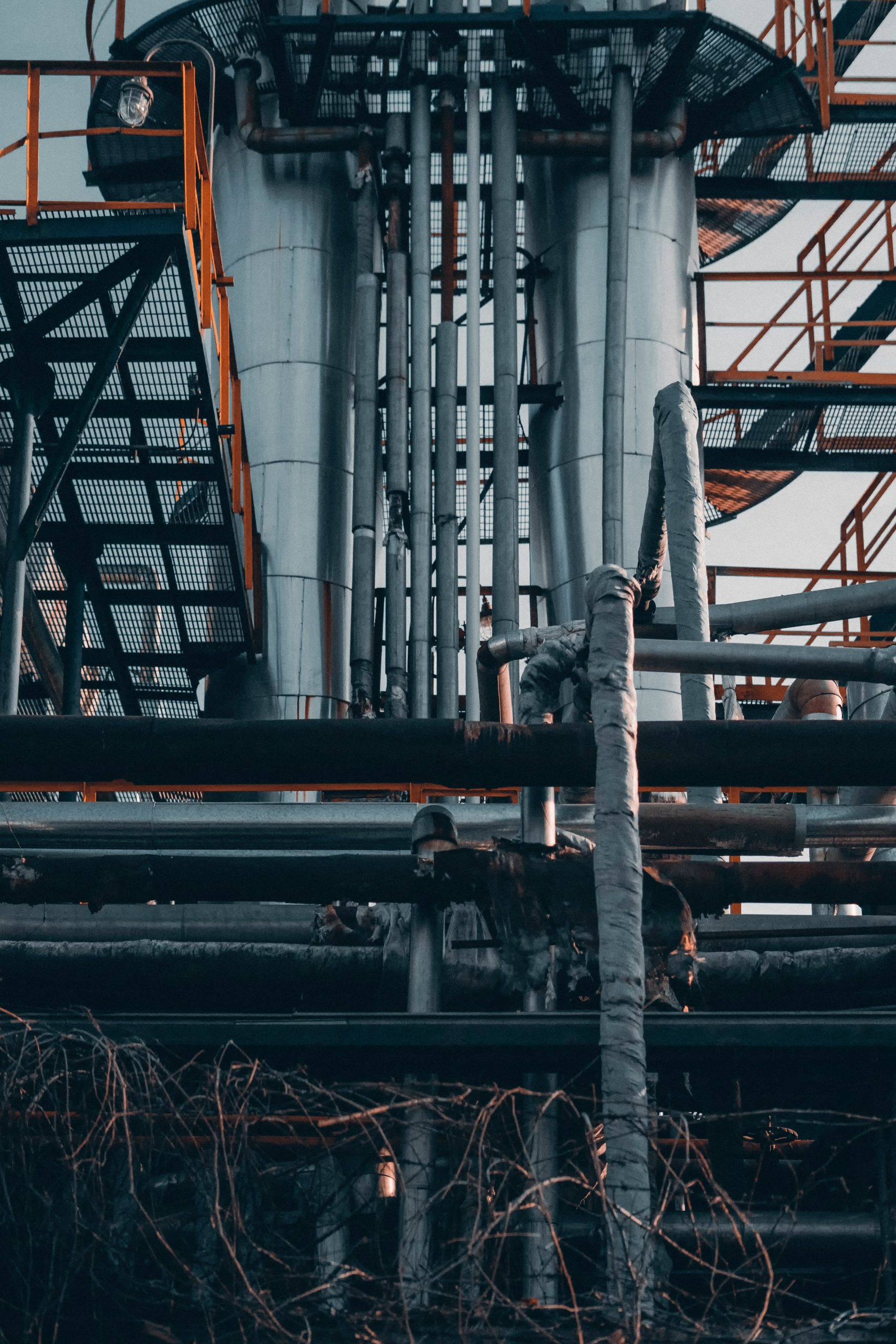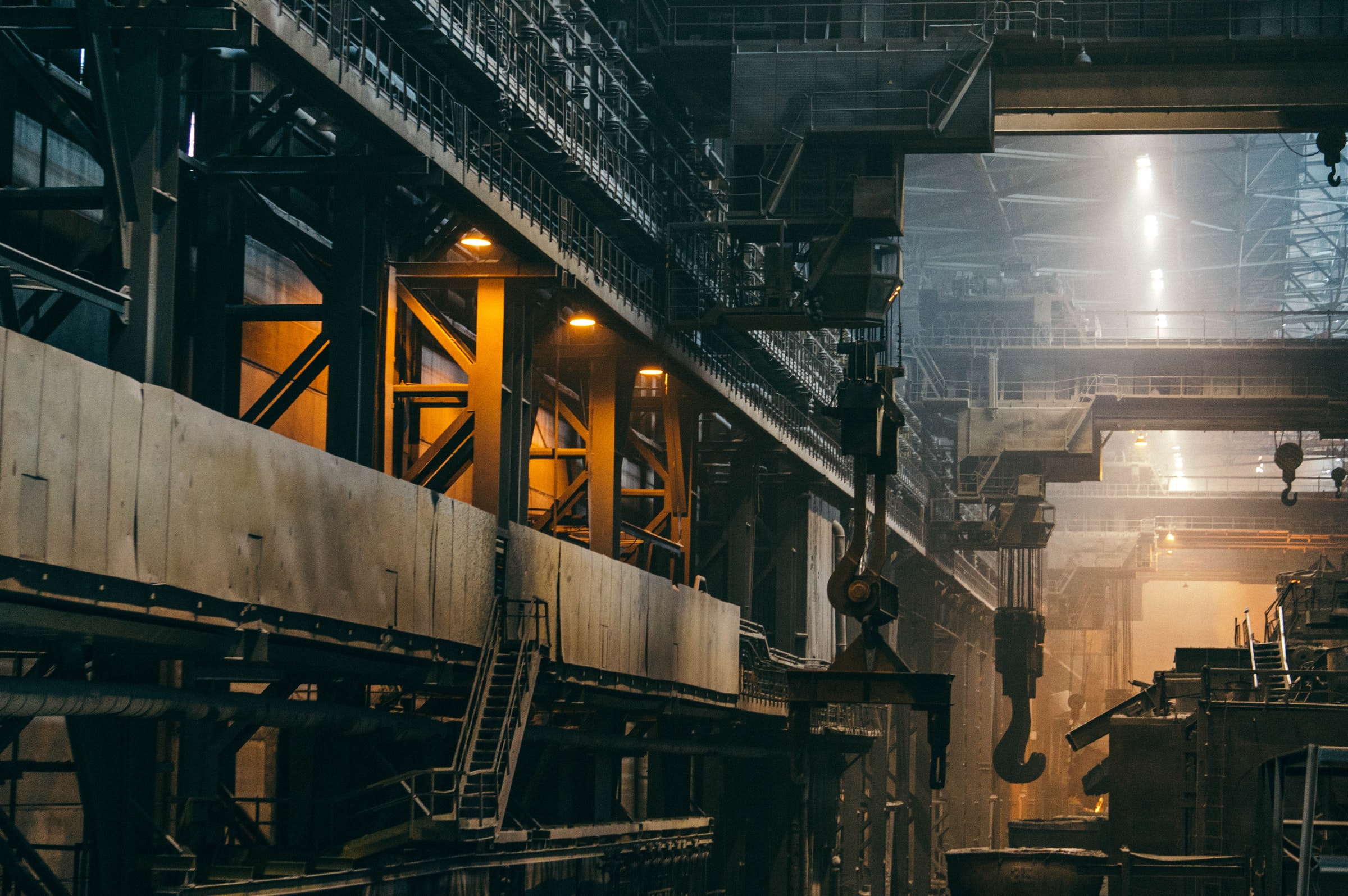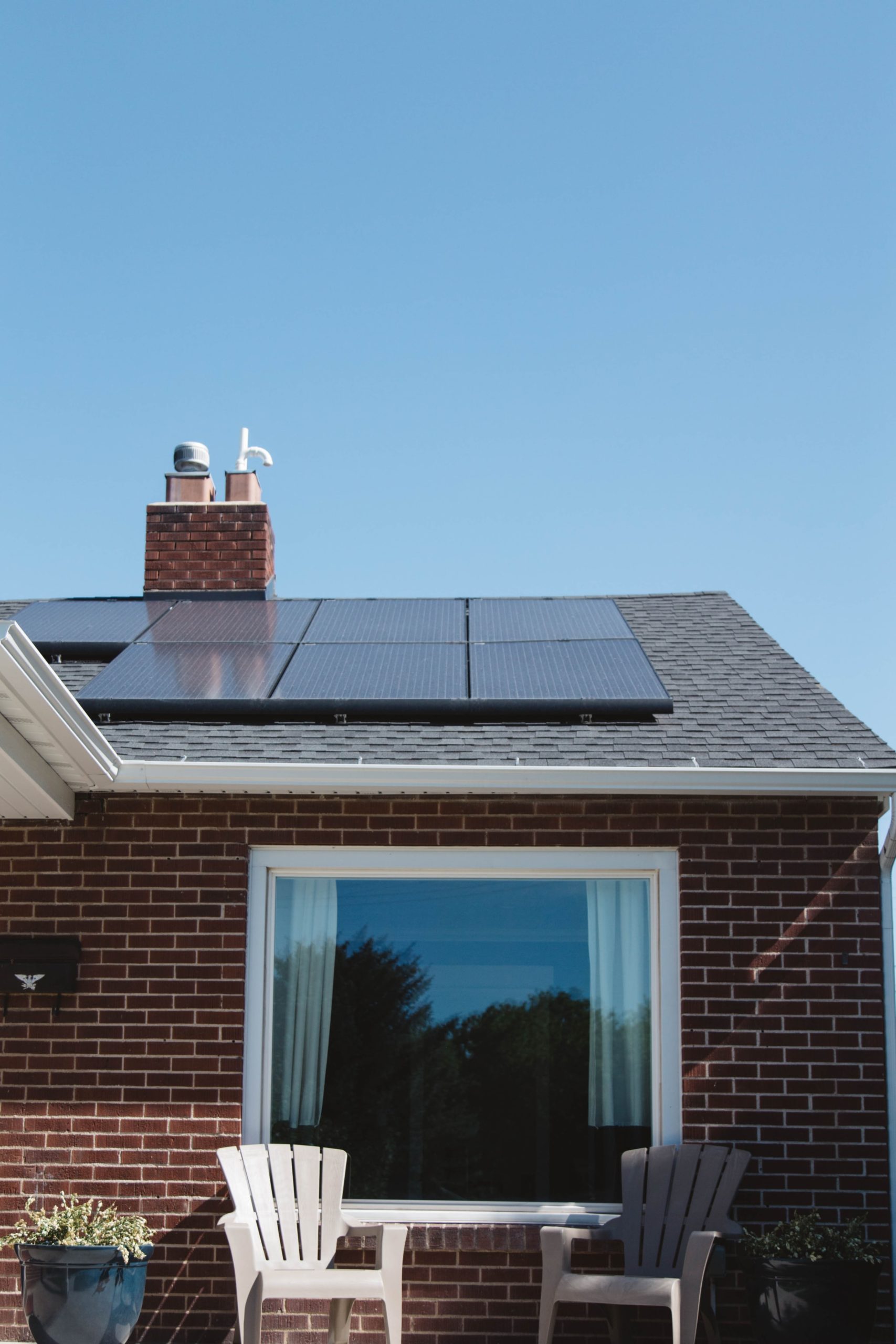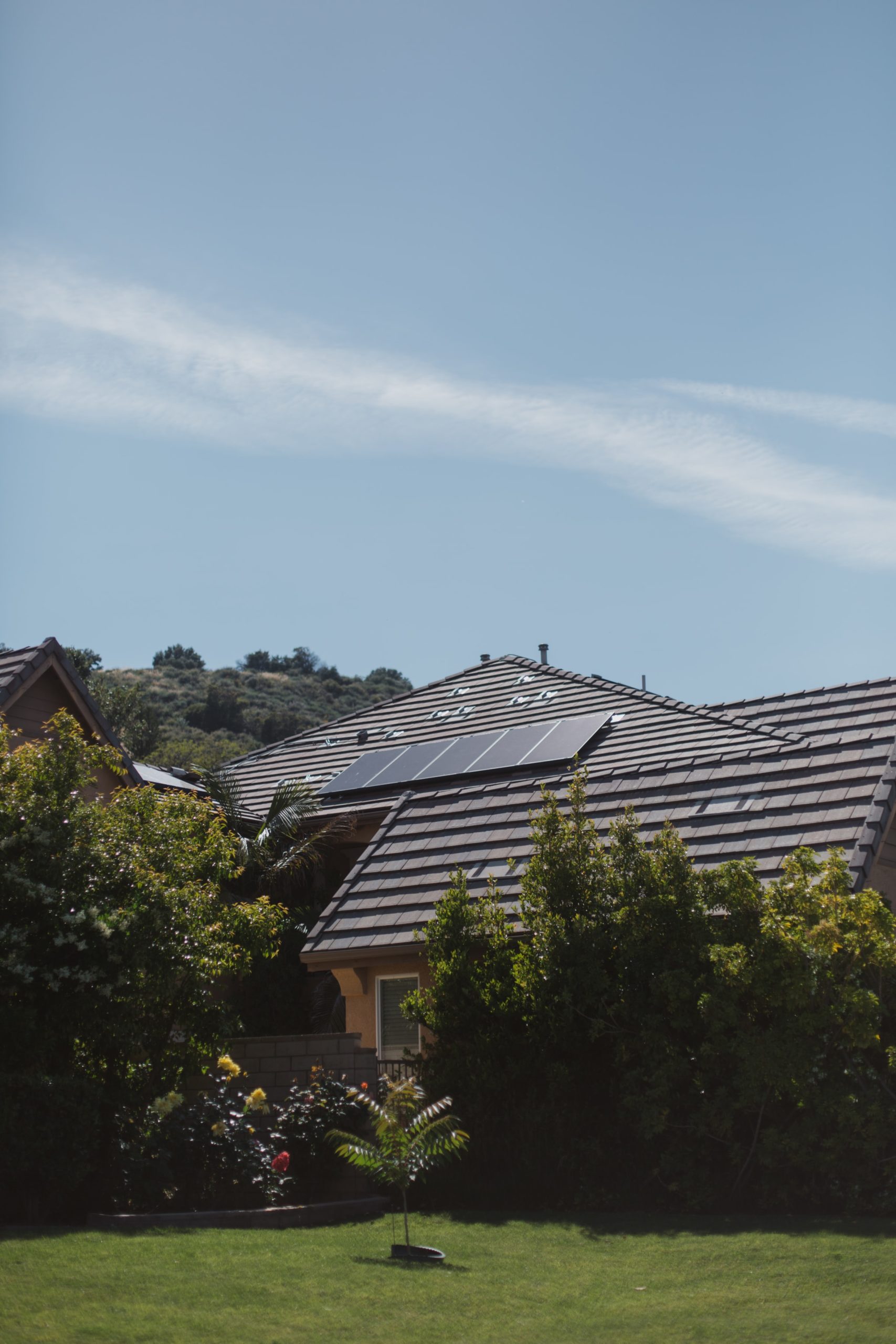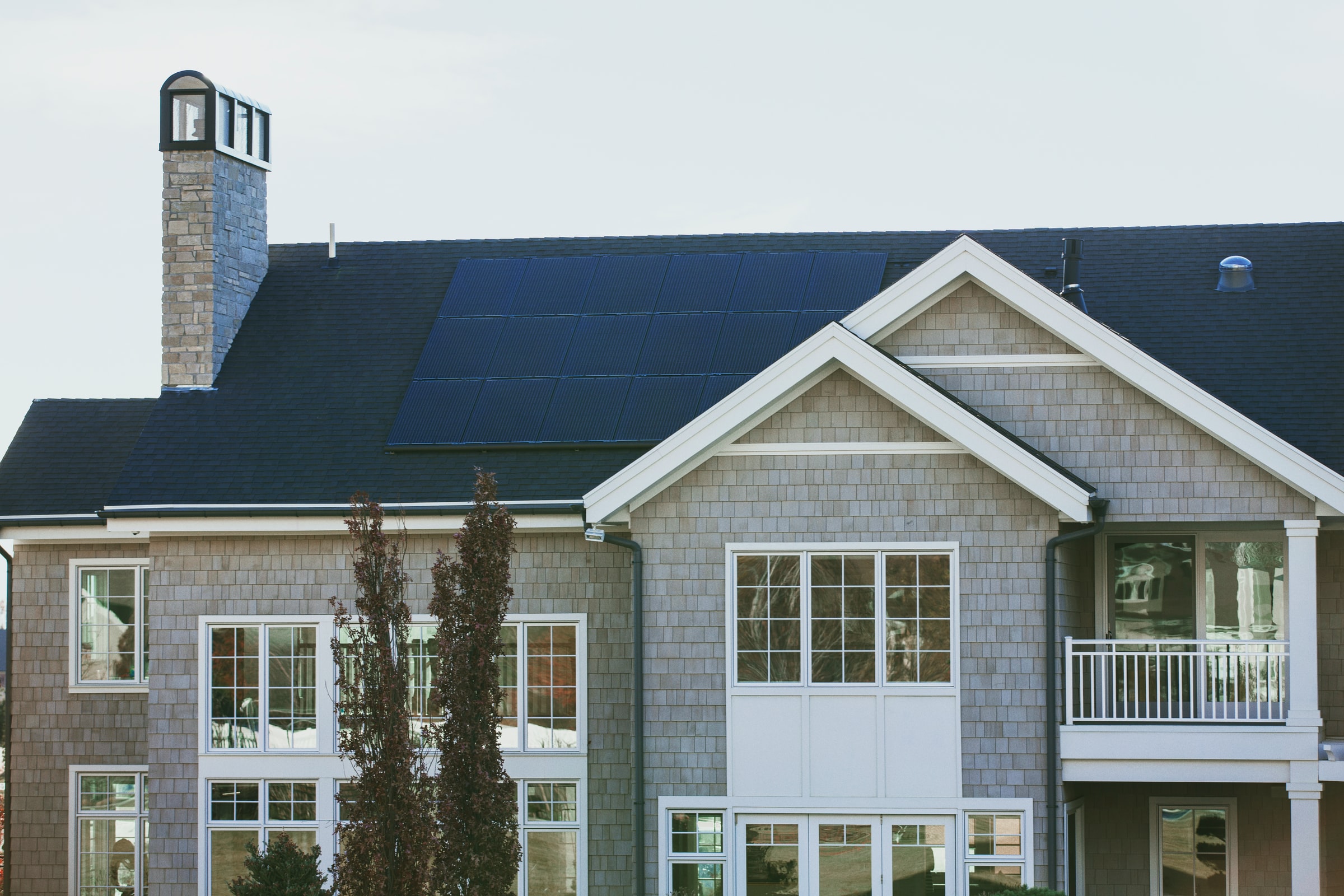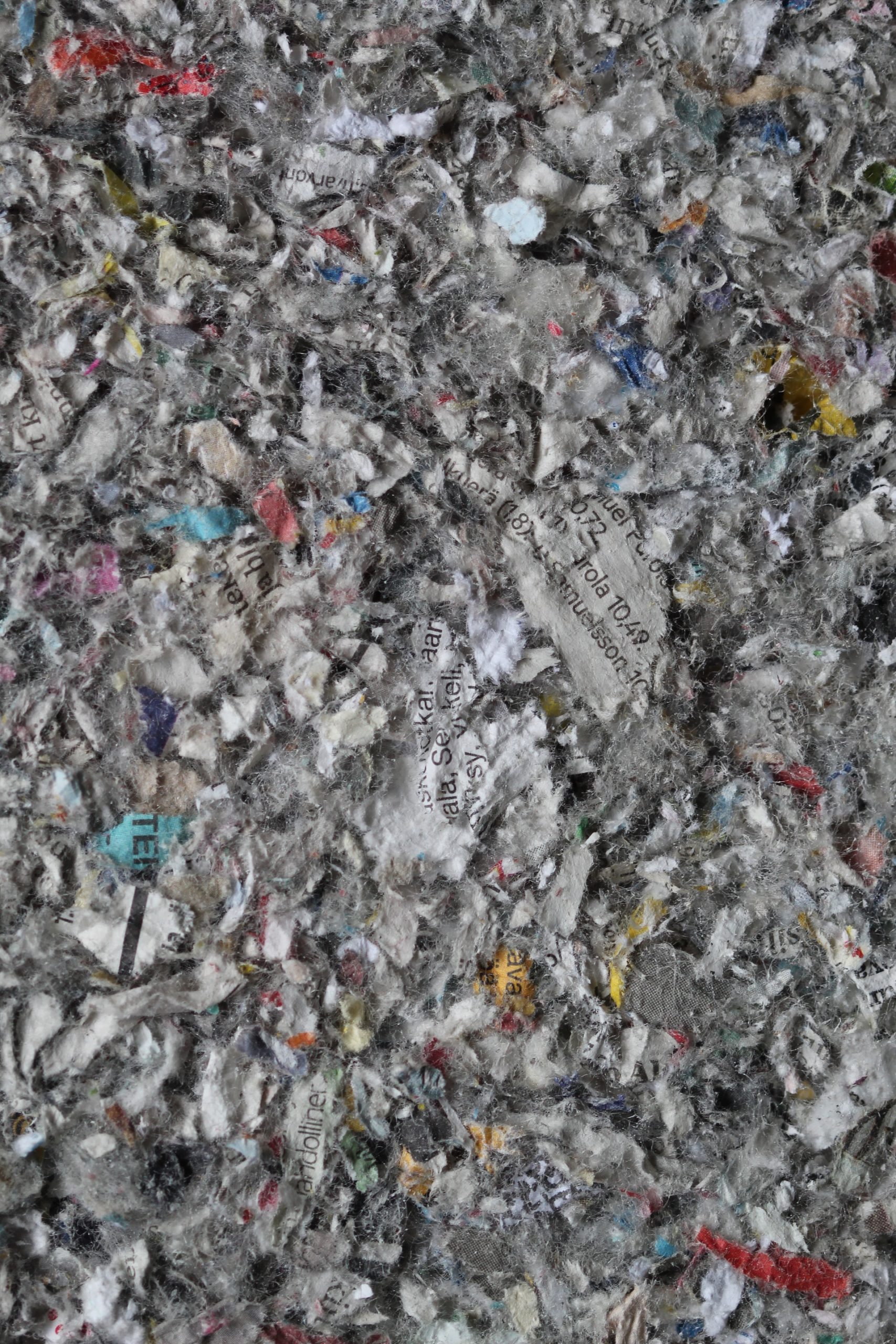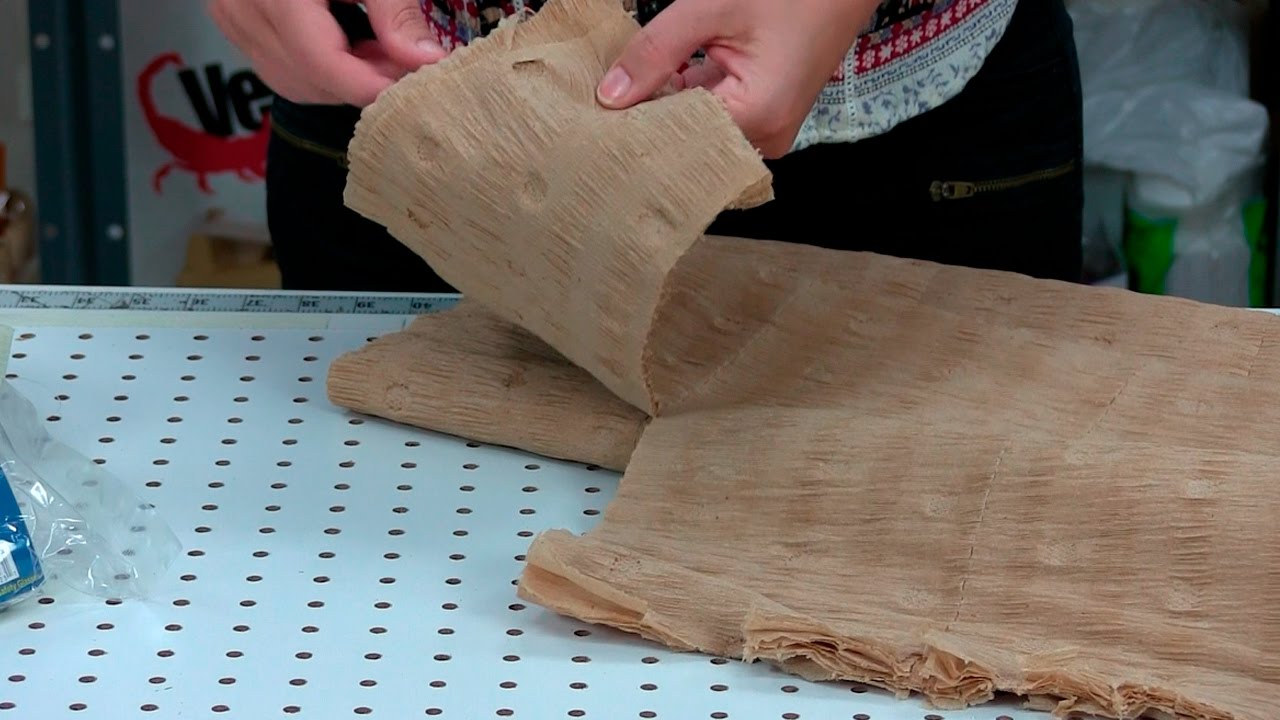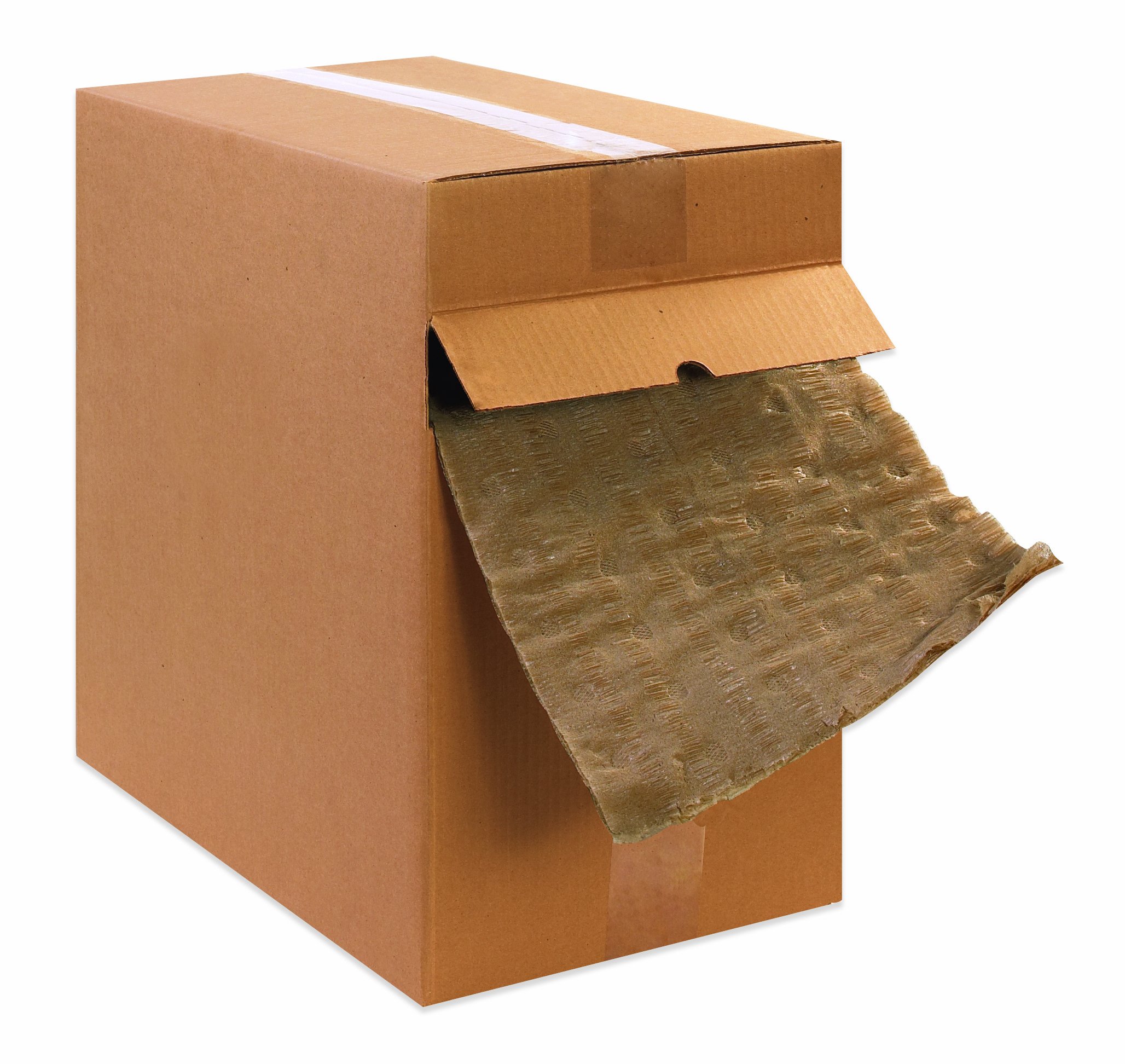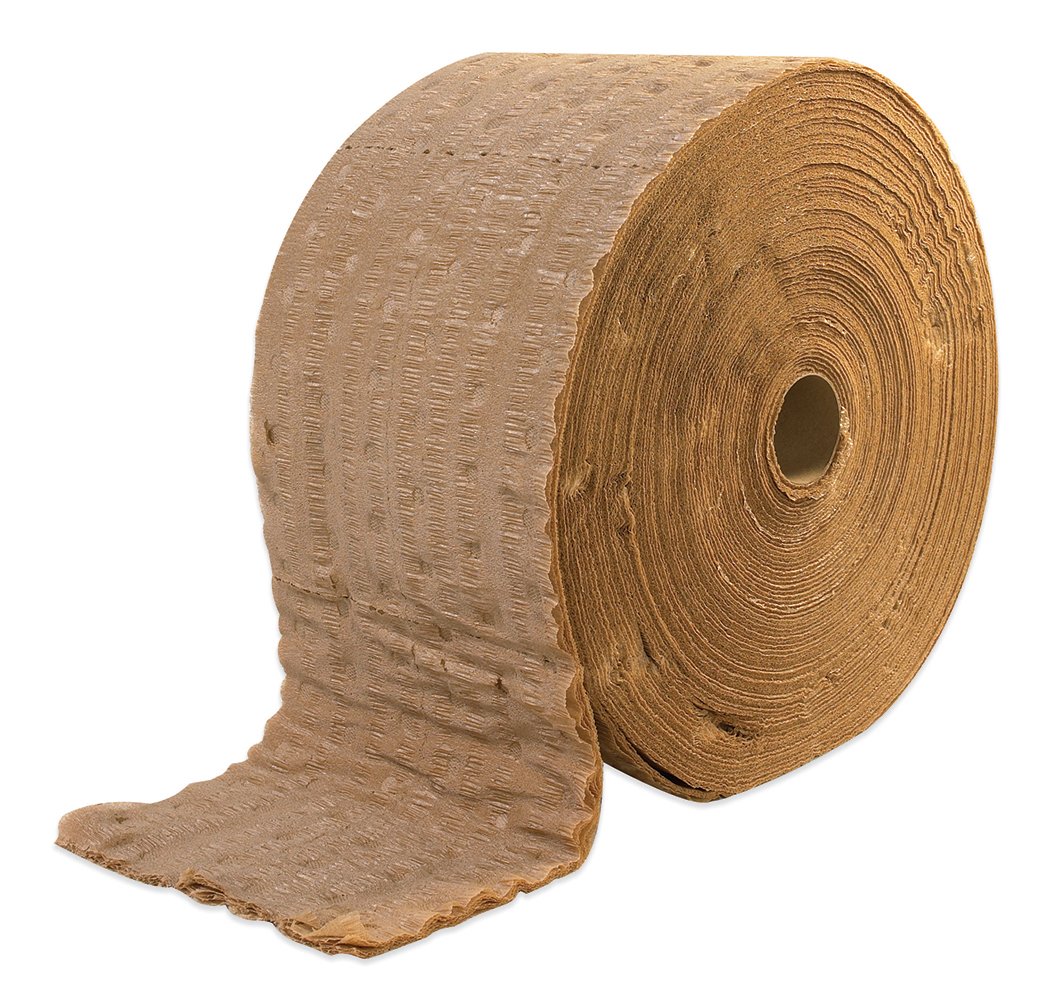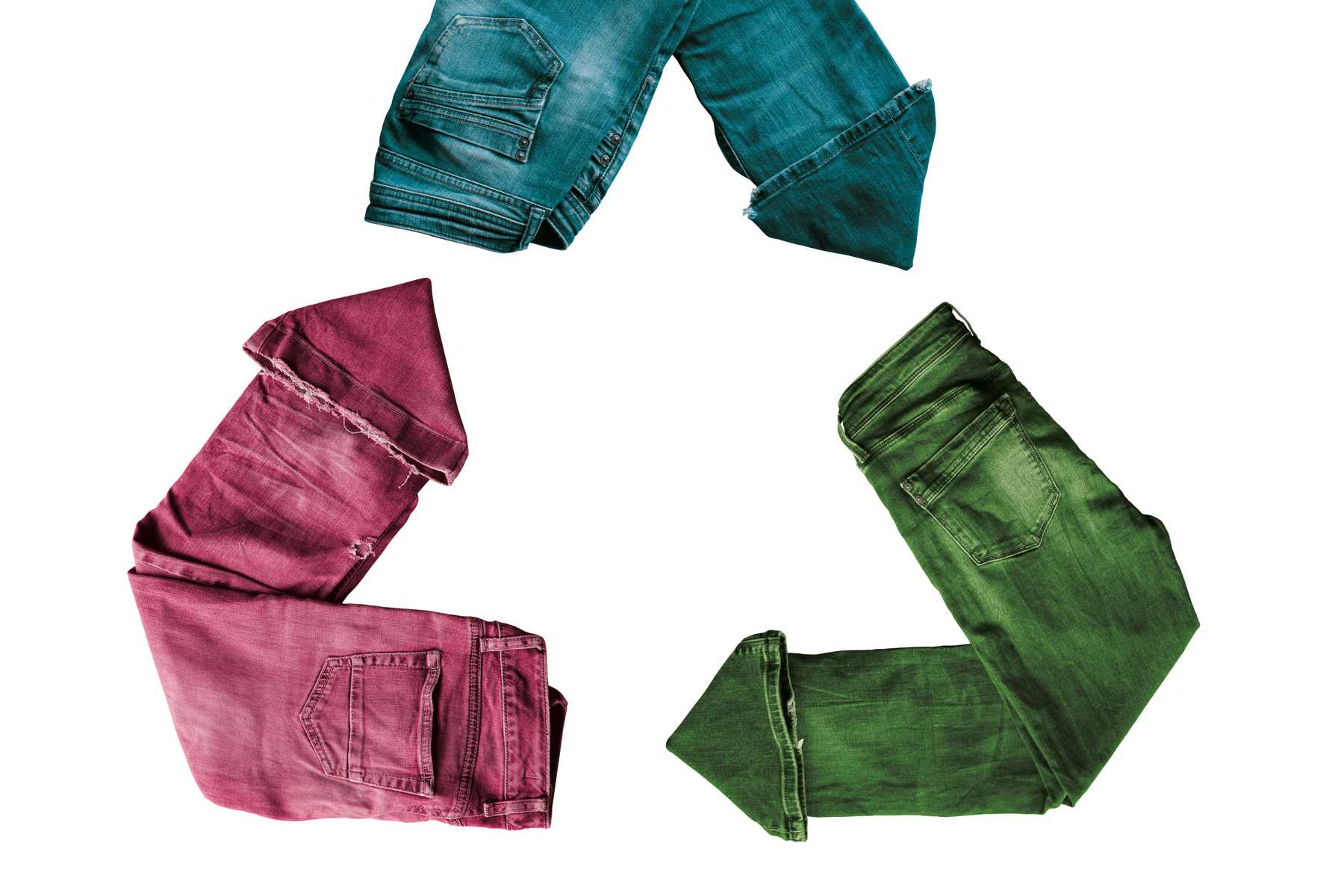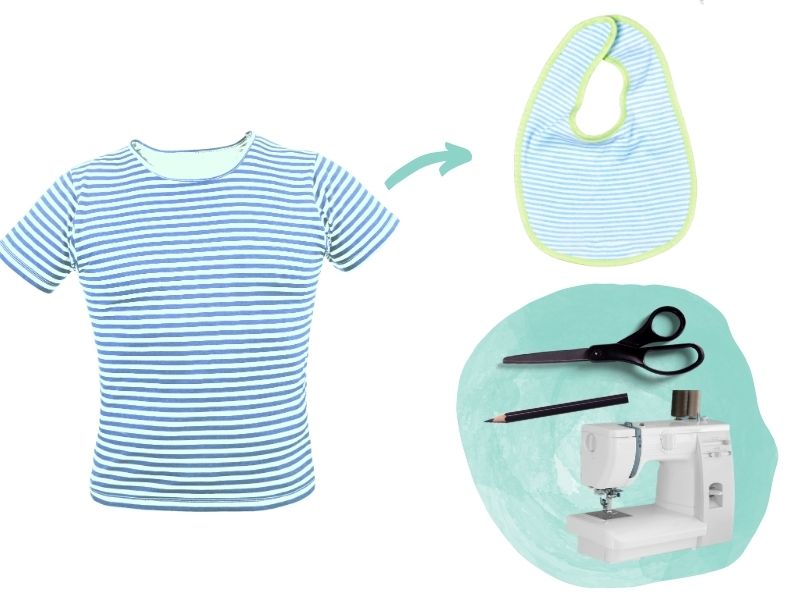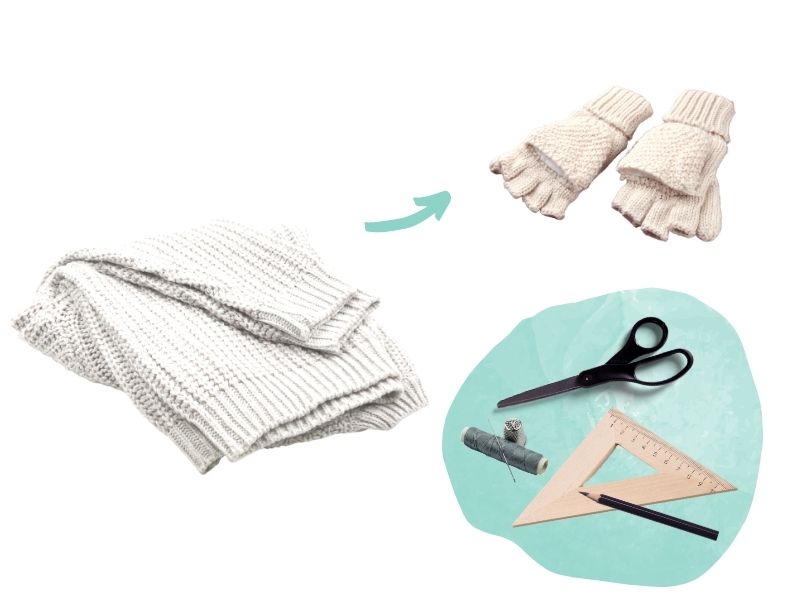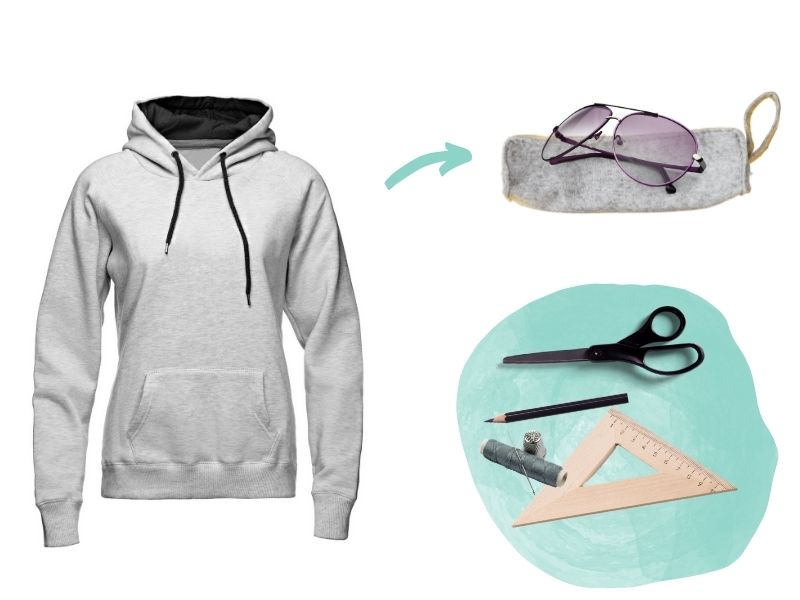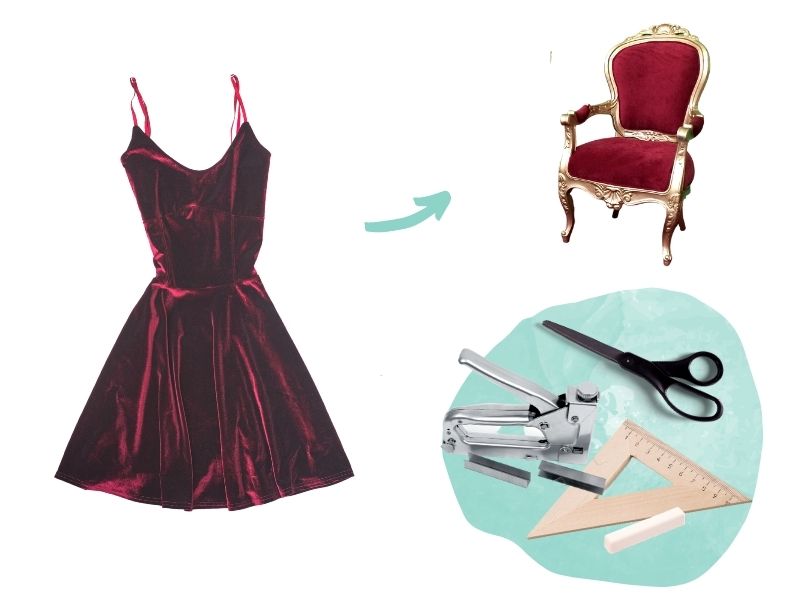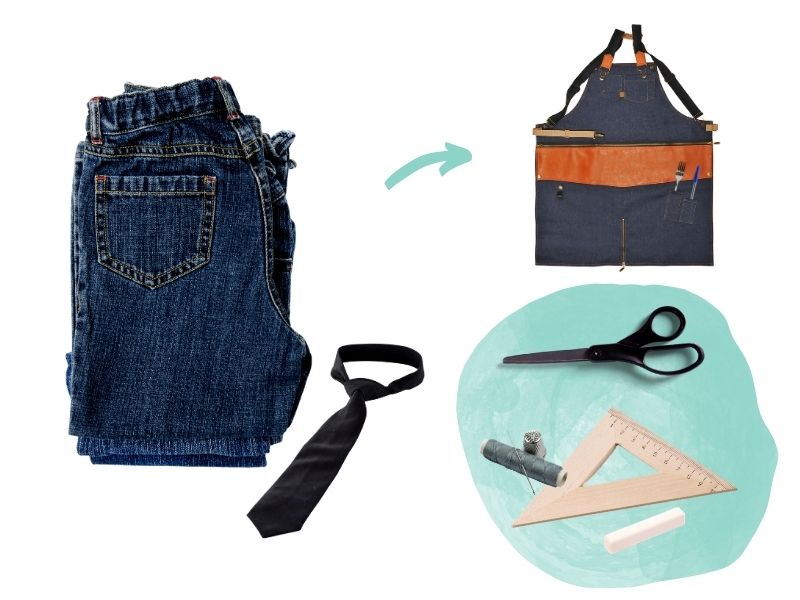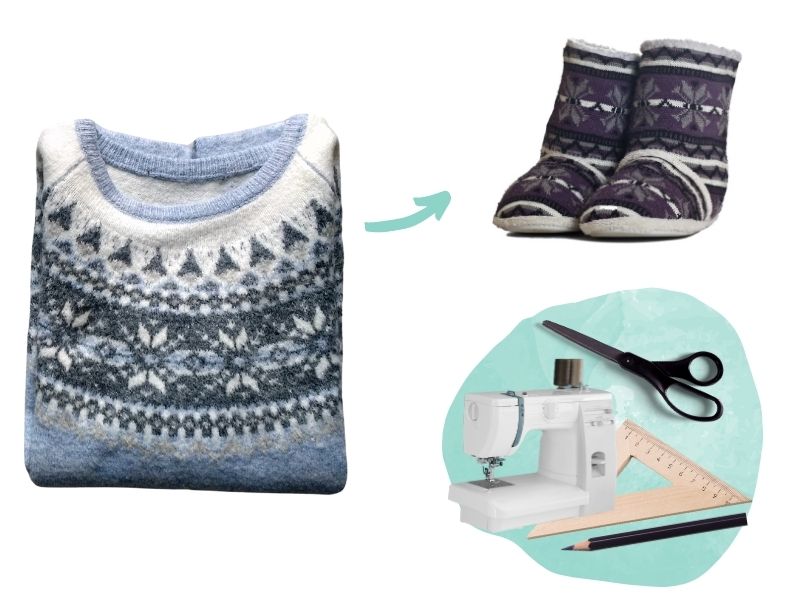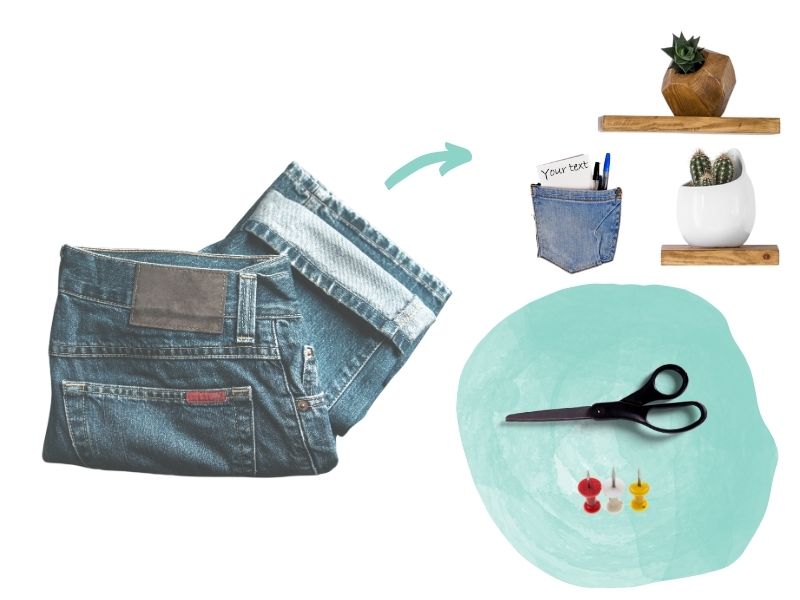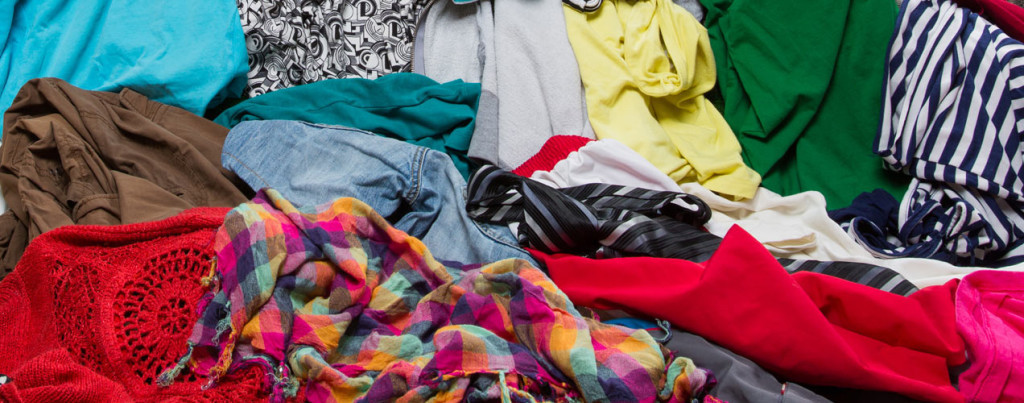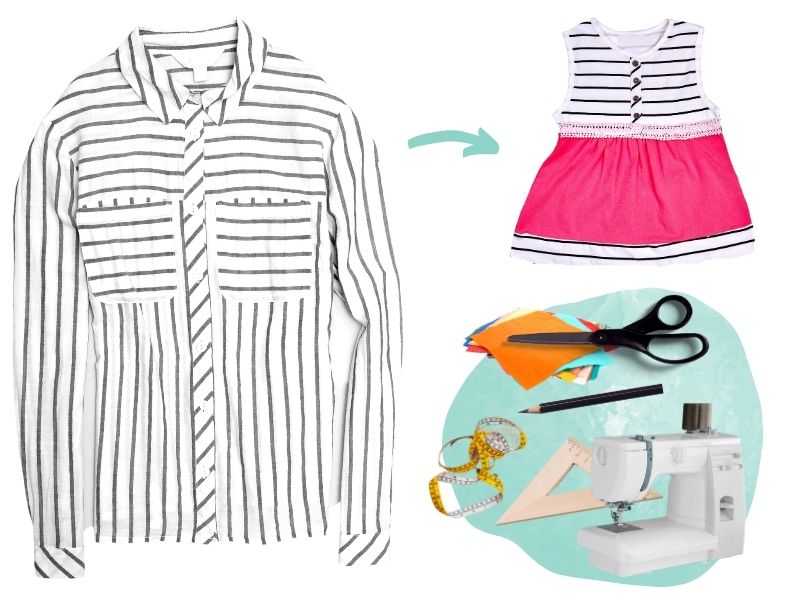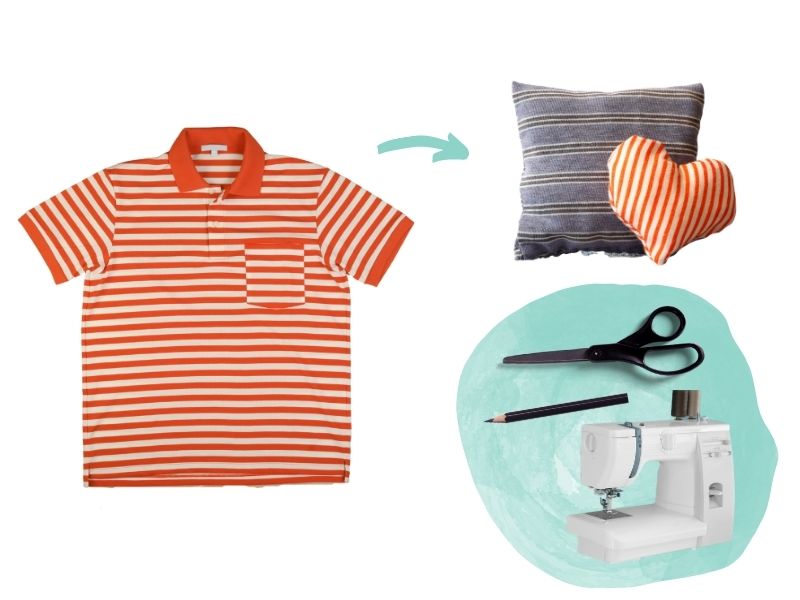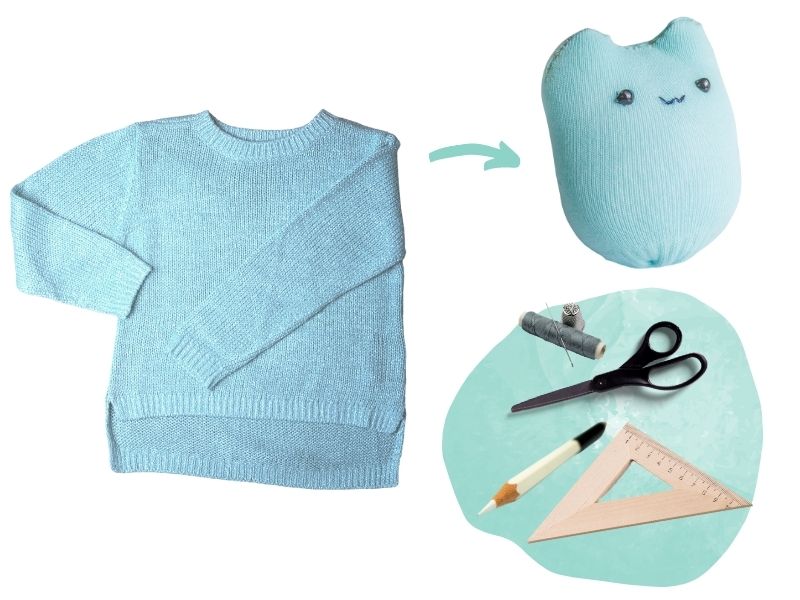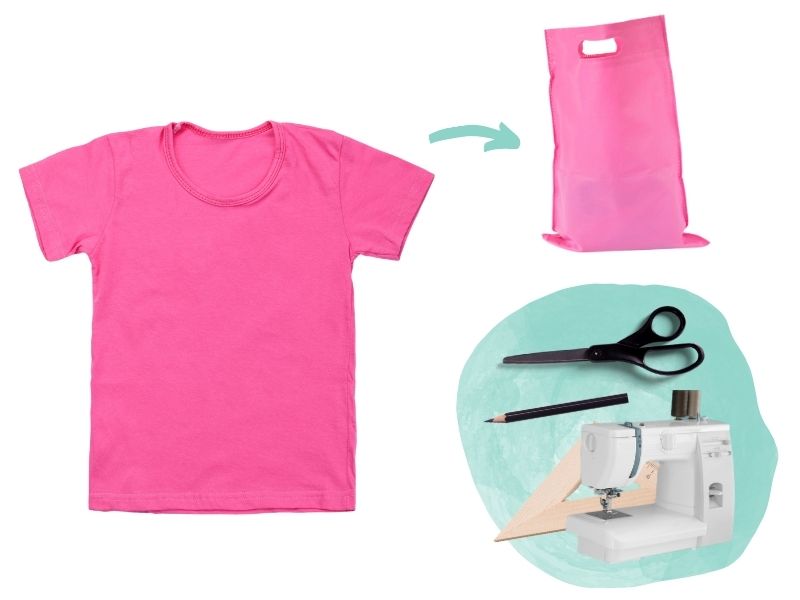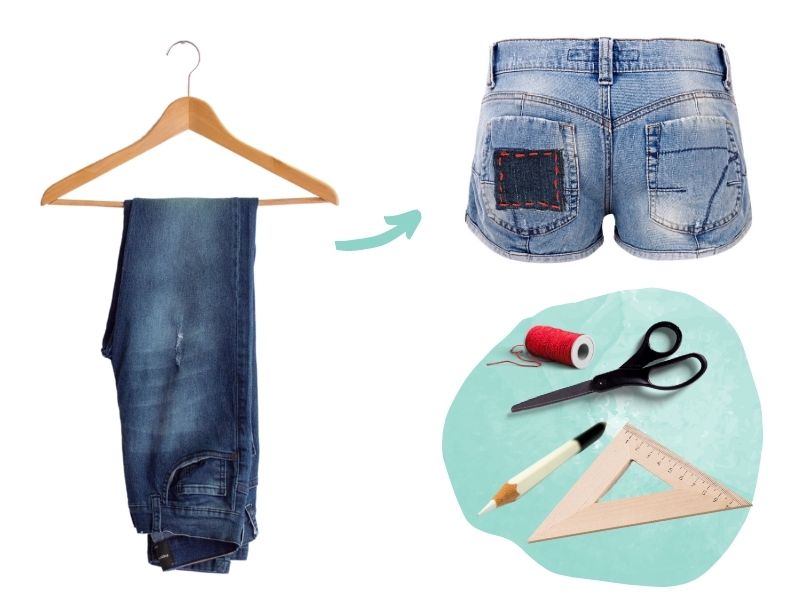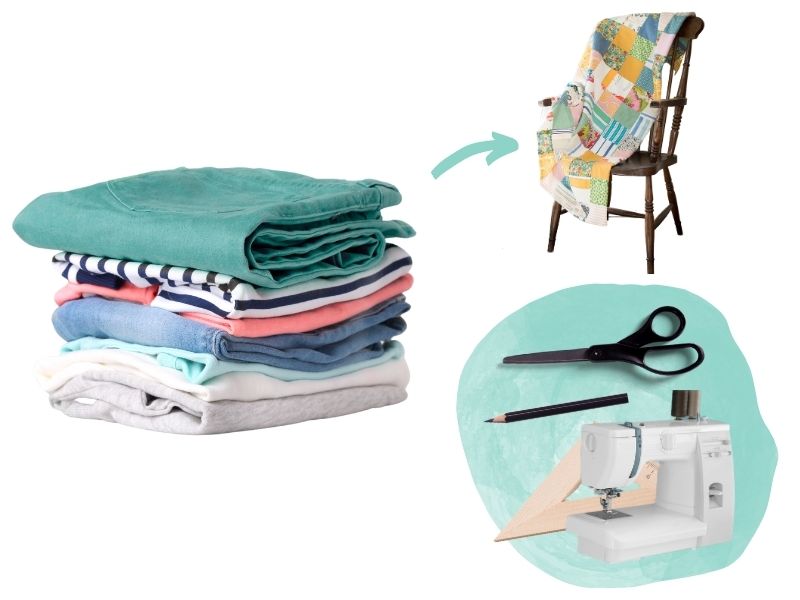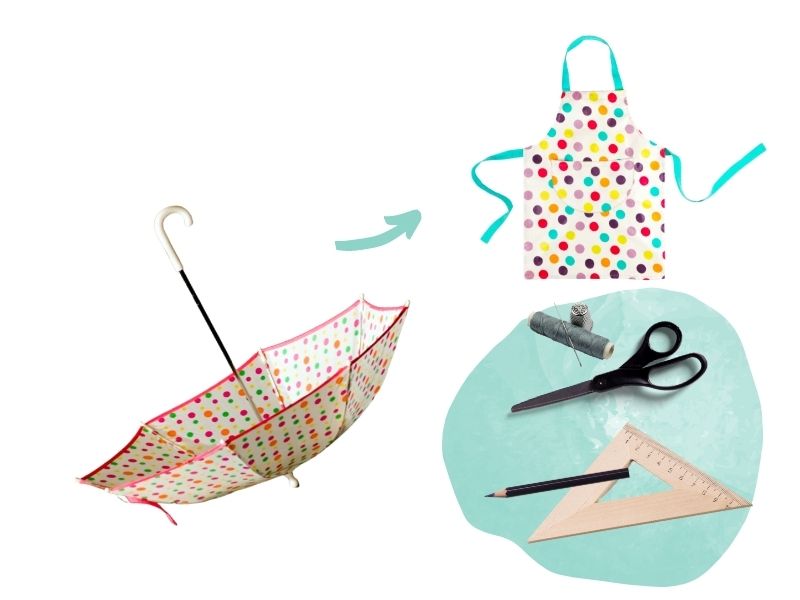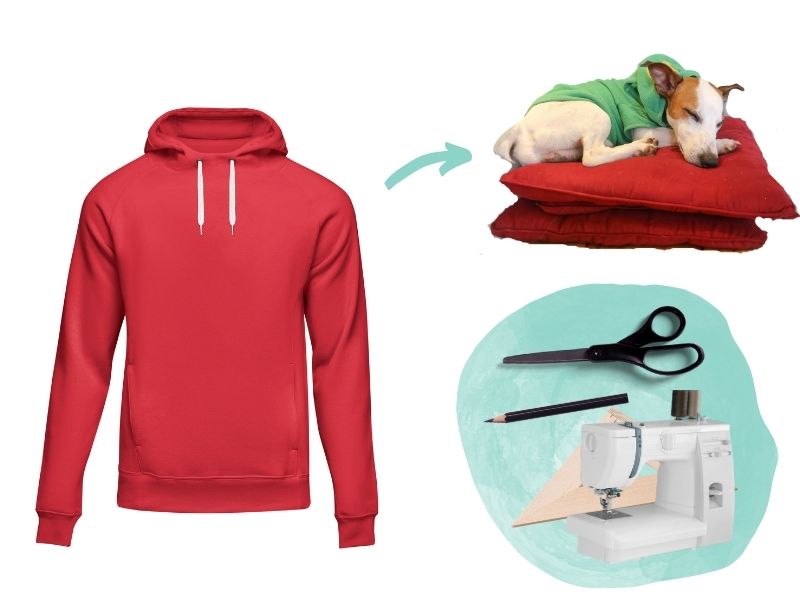The hydraulic cylinder parts are quite sensitive and must be constantly maintained even if they do not fail. The hydraulic cylinder can be affected by various forms of failure that will result in either a replacement of the parts or just a repair. In each case, how to repair the hydraulic cylinder?
Failures related to the hydraulic cylinder

Hydraulic cylinders can be subject to different types of failures. The most common ones are:
- Twisting of the rod
- Leakage of the cylinder.
The torsion of the rod
At this level, two solutions are available between replacement and rectification of the positioning. The first solution will consist in replacing the twisted rod. If it is standard, we can order a new one from our supplier or think about a copy to be machined.
The second option is to see how far the positioning can be rectified. This is possible when the torsion is not important. The concept will require the use of parallel lathes and other heavy materials under the expertise of a professional. In both cases, most companies in this industry will be able to restore the machine.
A leaky cylinder
The most common failure related to the cylinder is the leak lets the liquid flow and can be internal or external. The external leak lets us see the liquid which flows. The former is much easier to repair, while the latter is more difficult to notice and detect.
In case of leakage caused by the wear of the cylindrical stem, it will be necessary to think of replacing it or trying to lapping or chrome plating it to smooth the damaged surface. If the seals are worn, the only solution is to replace them so that they can once again effectively inject the pressurized fluid into the hydraulic cylinders.
Routine maintenance check
If the hydraulic cylinder fails or not, a professional will proceed as follows:
Disassembly, rectification, and repair
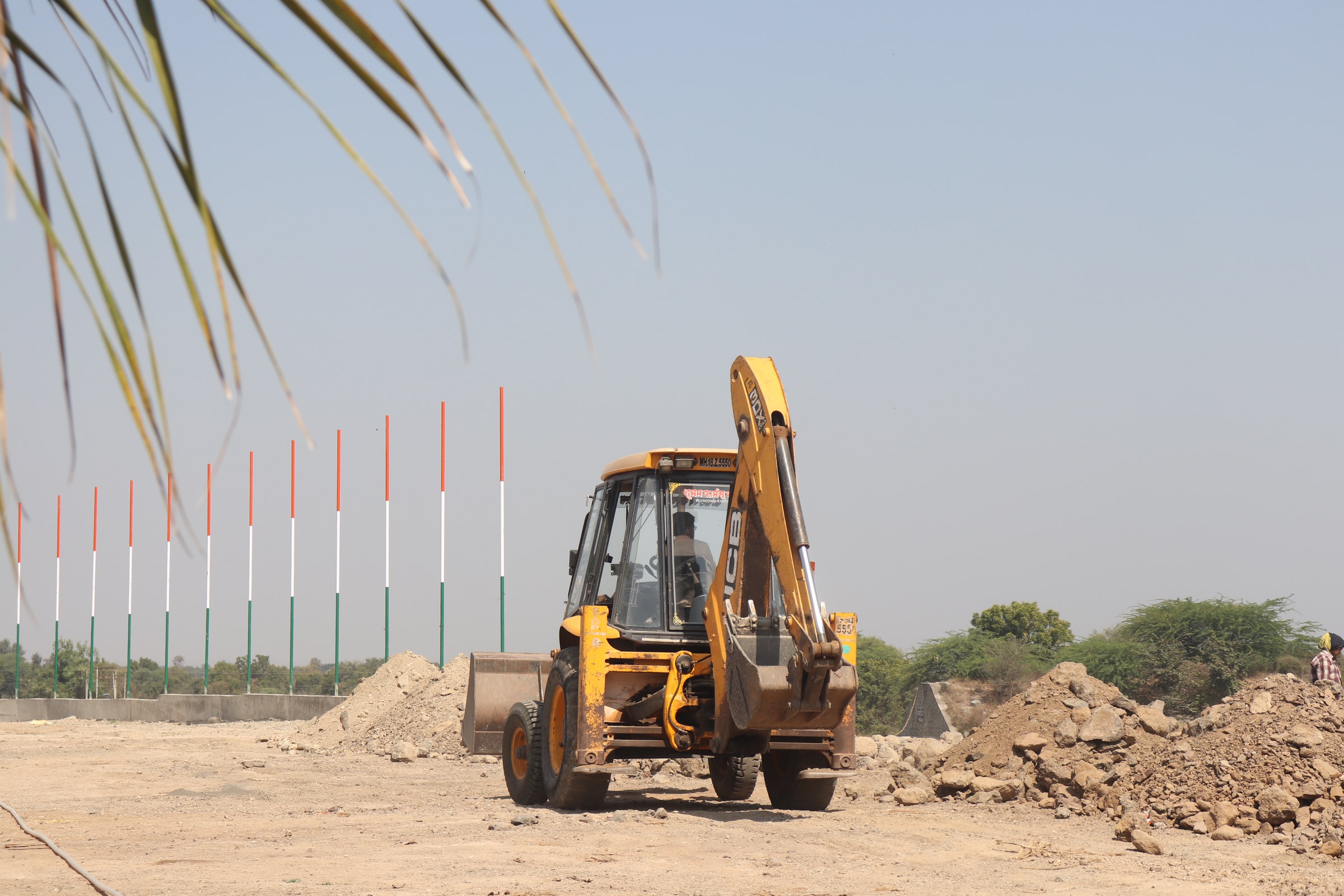
After the external inspection of the cylinder, it should be disassembled to check each part. The parts are inspected separately to check the internal condition of the device. This dismantling allows for carefully cleaning each part, namely the cylinder, the rod, the ball joints, the seals, etc., and analyzing the origin of the failure if existing.
Replacement of the seals
Hydraulic seals wear out after a while of operation or may be damaged during the disassembly session for routine control. It is, therefore, better to replace these seals at each inspection to avoid possible surprising failures caused by them.
Checking the welds
Sometimes the leakage occurs due to the degradation of the weld. It will be necessary to proceed to grind to remake the tight weld. However, it is recommended to dismantle the cylinder before welding the affected part to avoid further damage. Even for ejection cylinders in molds, the principle remains the same.
What to do in case of scratches on the rod?
If the rod is scratched, there are two solutions. They are, of course, chroming and lapping.
1. Chrome plating of the stem
During the inspection, scratches or any other impact on the stem may occur. If the impact is not important, we can proceed to the matting and polishing of the concerned surface.
If the impact is significant, the rod must be replaced. If the problem is one of the repeated impacts, the specific materials used in construction equipment must be used for the repair.
2. Running-in of the shaft
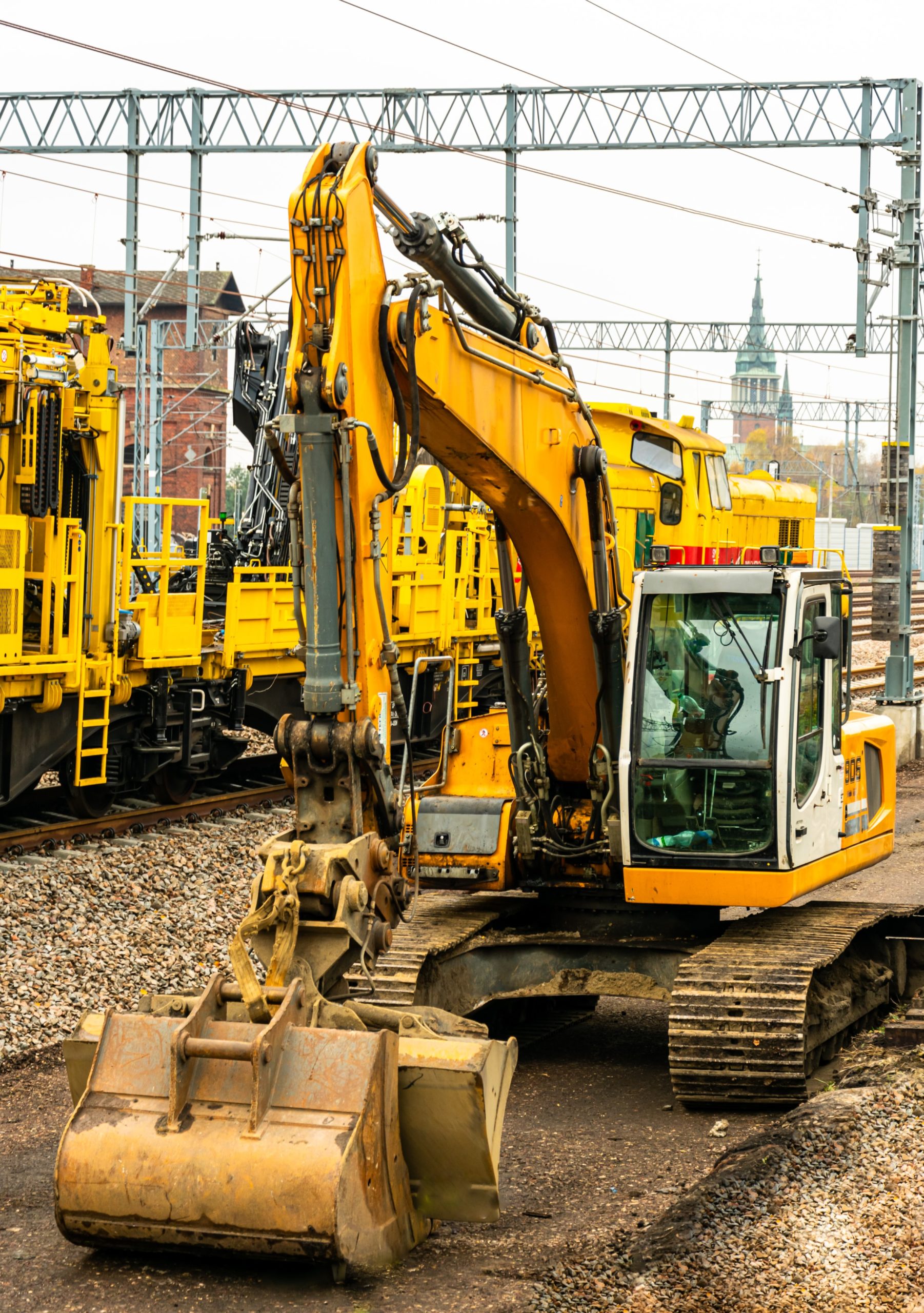
The shaft can also be affected by scratches. In this case, to avoid a radical replacement, lapping with specific machines is necessary to eliminate the scratches and ensure the sealing of the hydraulic cylinder. For some machines, such as crushing machines, replacement may be expensive.
Sound off in the comments section below and tell us what you want to read next and if you want to read more about the hydraulic cylinder.
